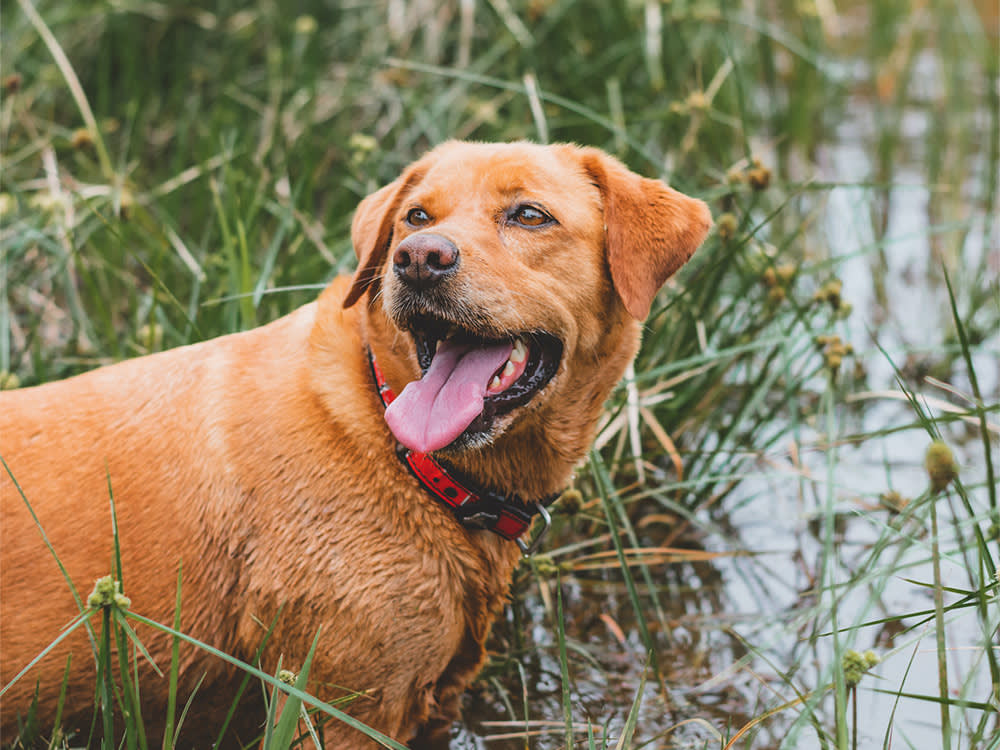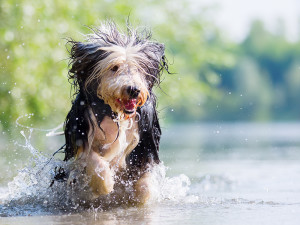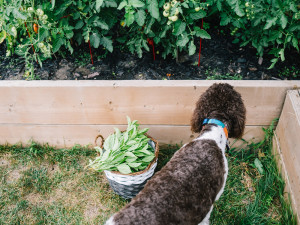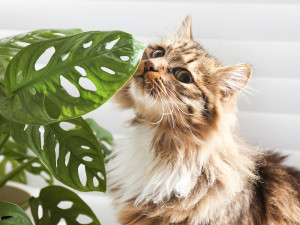Water Hemlock: Dangerous Plants for Dogs
Pet parents watch out this summer for a common, but deadly plant

Share Article
If you’re hanging out with your dog by the water this summer, keep a watchful eye out for the common but extremely lethal plant water hemlock. It’s found all over the UK and can kill quickly, so it‘s no joke.
Water hemlock, also known as hemlock water-dropwort or ‘dead man‘s fingers’, has been linked to several dog deaths in Northern Irelandopens in new tab as recently as this year. It‘s the most poisonous herb in the UK and common along most waterways.
What is water hemlock toxicity?
Water hemlock (Oenanthe crocata) is highly toxic to both people and pets. The plant contains the poisonous chemical oenanthotoxin, which has a sweet, parsely-like odour and affects the brain and central nervous system if ingested. Just a few leaves of water hemlock can kill a dog within hours, making it one of the most lethal plants on this continent.
The plant prefers moist surroundings and grows near bodies of water, like rivers, streams, ponds and in damp meadows.
If water hemlock is consumed, symptoms begin within a matter of minutes and include drooling, muscle twitching, seizures, and dilated pupils. This quickly turns into respiratory paralysis and then death. If a non-lethal dose is consumed by dogs, there is a chance at recovery, but there may be temporary or permanent damage to the heart or skeletal muscle.
Signs of water hemlock poisoning in dogs
excessive salivation and frothing
muscle twitching
dilation of the pupils
rapid pulse
rapid breathing
tremors
violent convulsions, grand mal seizures
What does water hemlock look like?
Water hemlock is a tall branching plant that can grow three to six feet. It blooms white flowers in June and July with narrow, serrated leaves. Cow and water parsnips are often confused with water hemlock. All parts of water hemlock are poisonous, with the roots being the most toxic and the most palatableopens in new tab.
If you see your dog eating water hemlock, try to induce vomiting and get to a veterinarian immediately. However, since the toxin acts so quickly, prevention is really the key. Learn to identify water hemlockopens in new tab, and don‘t let your dog dig and chew wild plants.

JoAnna Lou
JoAnna Lou is a New York City-based researcher, writer and agility enthusiast.
Related articles
![Rottweiler puppy chewing on a white flower in a garden]()
Snail Bait Poisoning in Dogs: Symptoms, Treatment and Prevention
It may protect your plants, but at what cost? A veterinarian explains how this toxin may keep your garden safe – but it’s extremely toxic to dogs. Here’s everything you need to know
![Dog near a vegetable garden next to a basket full of a harvest]()
Tips on Dog-Safe Gardening
Garden organically, for the sake of both the planet and your dogs
![Young Woman Working From Home with Her Dog]()
10 Non-Toxic and Dog-Safe Houseplants
Brb... running out to buy air plants and succulents
![cat sniffing a plant]()
9 Plants Toxic to Cats
These plants might be beautiful, but they’re deadly to feline foragers





